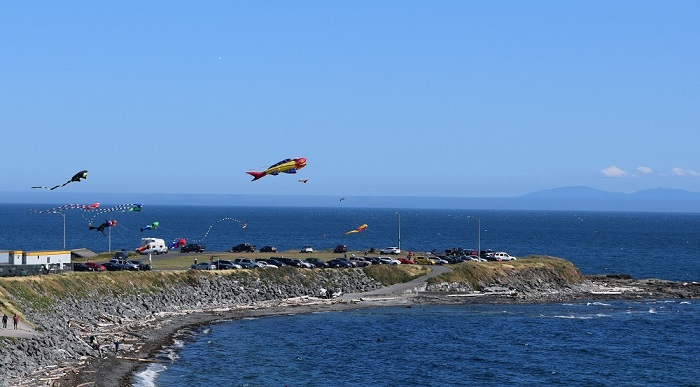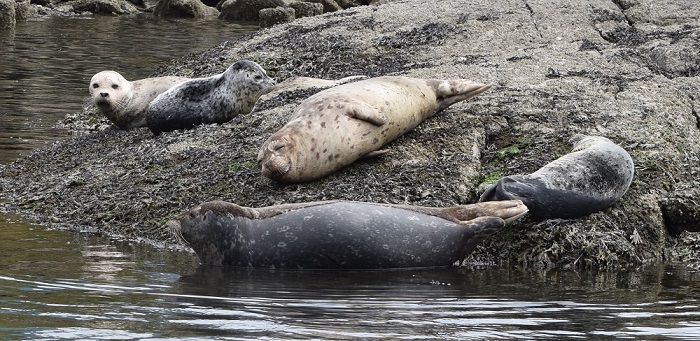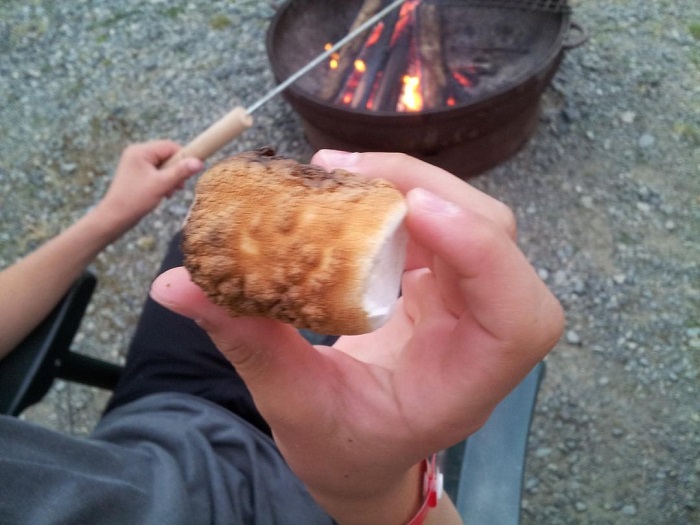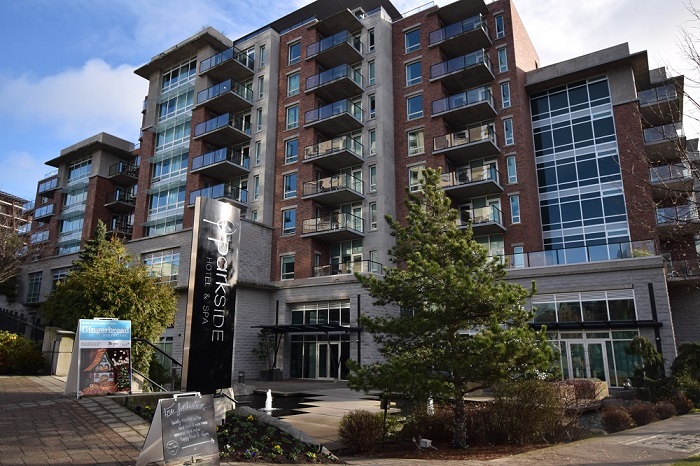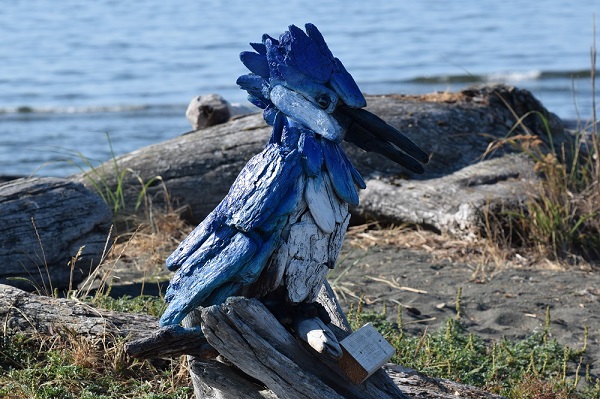- Victoria
- Water Adventure
- Kite boarding
Kite Boarding in Victoria and on Southern Vancouver Island
Kite boarding – sometimes called kite surfing – is a surface watersport that harnesses the power of the wind to propel the surfer across the water on a small board. Victoria and the Southern Vancouver Island region is a kite boarder’s paradise. A meteorologist could explain WHY it can get pretty windy around here, but watersport enthusiasts who rely on wind don’t care and are just happy that it does.
Disclaimer: This post includes affiliate links and I will be compensated if you make a purchase after clicking one of my links. Learn more here.
In addition to the many great locations in Greater Victoria, one of the premier kite boarding destinations in North America is located just 150 km northwest of Victoria at Nitinat Lake (perfect for Kiteboarding vacations).
Kitesurfing at Nitinat Lake is not recommended for beginners without lessons due to strong winds and narrow, rocky driftwood-covered beach. Get lessons at Nitinat with one of the skilled instructors listed below or save yourself the drive and enjoy kite boarding lessons at Clover Point in Victoria with DKP. Read more here.
Dynamic Kite Progression (DKP)
- Clover Point and Cattle Point, Victoria BC
- 250-686-9480
- kiteboarding and foiling instruction
- 7073 Railway Ave, Courtenay, BC, V9J 1N5
- 604-848-5197
- kiteboarding instruction
- gear rental
- Nitinat Lake, BC
- 250-813-0035
- kiteboarding instruction
David at DKP Kiteboarding is the only one offering truly local lessons here in the Greater Victoria area. He uses a 3-step system that combines ground and water lessons.
In Step 1, you’ll learn about wind and weather and kiteboarding set-up and safety. Still on land you’ll fly a trainer kite (1.4m²) and learn all the maneuvers kiteboarders use on the water before moving on to full-size four-line kites.
Once proficient with these skills, it's on to Step 2 – the water! But you’re not ready to be let loose just yet. During this phase of the lessons, you’ll learn how kiteboarding feels without worrying about the kite by practicing on a wakeboard behind a jet-ski.
Once you have mastered the first two steps, you’ll be ready to put your kite and board skills to the test, flying 8-15m² kites along Southern Vancouver Island all with the comfort and safety of a jet-ski and instructor right by your side.
If this comprehensive instruction sounds like the perfect way to launch your kiteboarding passion, get in touch with David at DKP Kiteboarding to schedule your lessons.
Best Spots to Kite Board Near Victoria
- Dallas Road/Clover Point – also known as Kite Beach is the most popular spot on the south end of the Island and for good reason. It’s conveniently located, you get magnificent views and the airstream is fairly consistent. (advanced to expert)
- Esquimalt Lagoon (beginner to intermediate)
- Island View Beach (beginner to expert)
- Willows Beach (beginner to expert)
- Gordon’s Beach (beginner to expert)
- Cordova Bay (beginner to expert)
- Elk Lake (beginner to intermediate)
- Cattle Point (advanced to expert)
Regardless of where you enjoy water adventure activities, always be aware of the location-specific hazards such as reefs, sand bars, drifting logs, floating debris, beach logs, cliffs, trees and other people.
Check out LocalKiteSpots for relevant information related to wind speeds and temperatures for kiting spots across the province.
What to Wear While Kite Boarding
Your needs will vary depending on the time of year and the location you choose and will range from shorts and a t-shirt to full wet or dry suit.
Locally you will be most comfortable in a wet suit or dry suit (optimally 5/4mm or 5/3mm). You’ll also need booties and gloves. If you don’t have your own, check out any of the dive shops in town or these local businesses for watersport gear and accessories:
-
300-4240
Glanford Ave, Victoria, BC
- 778-734-2696 or 888-544-4969
- kites, boards, accessories, drywear and apparel
- 5871 Sooke Road, Sooke BC
- 778-352-3331
- surf boards, accessories, wetsuits and apparel
Instruction
As I mentioned earlier, David at DKP is the only business locally who is providing instruction. Two other options for south island kiting instruction both operate from Nitinaht Lake. A word of caution that access to the Nitinaht River Provincial Park and Nitinaht Lake is by active logging roads. It is highly likely you will encounter a loaded logging truck en route. Logging trucks have the right of way and drivers should use caution and yield to logging trucks. And because of the remoteness of getting to the park, we recommend you carry a backroads map with you. Cellular service is not reliable in the area so you are best to be prepared with an old-fashioned map.
Equipment
You will need a kite and board (you probably already guessed that, didn't you!). Seek expertise from people in the industry before purchasing any equipment to ensure you get products that suit your kiting abilities and goals.
Weather
Ideal weather for kiters is when there is a consistent wind of between 10 and 30 knots with rider weight and kite size factoring in as well. Beginners should aim for wind between 7 and 20 knots. The air temperature should be warm enough to be on the water but not too warm that you overheat. Other factors are the water temperature, tides and currents, wind direction, precipitation, lightning and fog.
Victoria experiences very little in the way of lightning and thunder but it is important to get off the water as quickly as possible if you see lightning.
Best Time of the Year to Kite Board
Avid Vancouver Island kiters take to the waters all year long but the best time is May through September, weather permitting.
What You Might See While Kite Boarding in Victoria
As a beginner, you’re going to see a whole lot of water and sky :). There will be so much to learn when you first start out, you won’t actually see much of the marine life that surrounds you. But the more time you spend on the water and develop your skills, the more time you will have to enjoy sightings of:
- Harbour seals
- Blue herons
- Moon jellies
- Oyster catchers
- Sea lions
- Whales
- River otters
- Bald eagles
Recent Articles
-
Vancouver Island Wildlife Viewing Times and Locations
Sep 16, 24 06:42 PM
Discover the best times and places to see wildlife in their natural habitat with our Vancouver Island Wildlife Viewing guide. -
Private Campgrounds on Vancouver Island
Aug 13, 24 05:23 PM
Your one-stop listing of all private campgrounds on Vancouver Island. -
Where to Stay in Victoria, BC: A Comprehensive Guide
Jul 10, 24 12:42 PM
Choosing the right place to stay can significantly enhance your experience. This guide provides tips and ideas to help you decide where to stay in Victoria.

